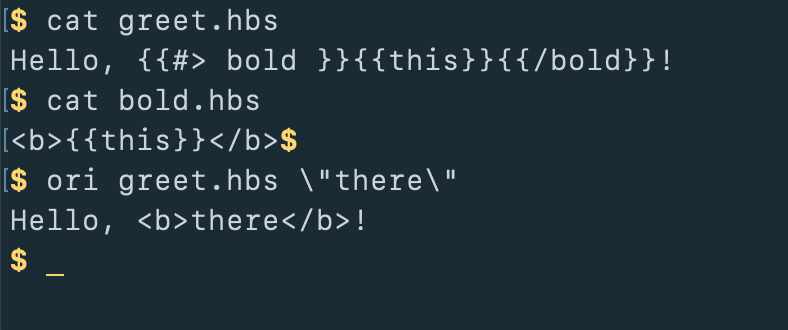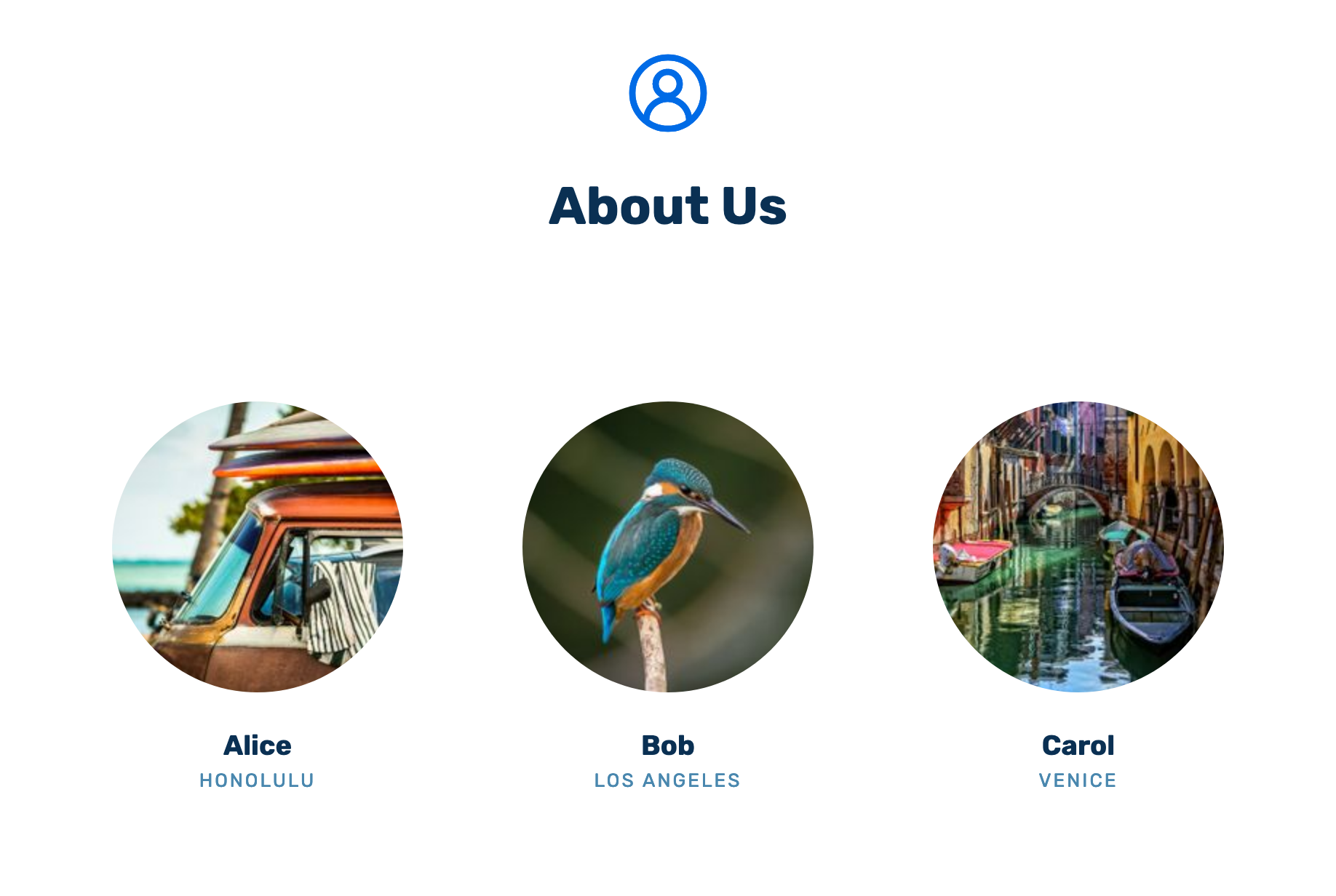Using Handlebars templates in the shell
It’s useful to be able to apply templates written in a language like #Handlebars to things in the shell.
The Origami #CLI lets you invoke JavaScript functions defined in .js files, but you can now also identify a handler for any file extension — like OS app file associations, but for a CLI. https://weborigami.org/language/filetypes.html#custom-file-types
So a handler can load a .hbs file as a function that applies a Handlebars template, then apply that in the command line.

Origami can resolve pretty much anything — JSON/YAML files, files with front matter, entire folder trees, a ZIP file, whatever — to an object your Handlebars template can operate on.

You can even write a one-liner that fetches data from a server and applies a template to it.

Applying a Handlebars template to a file system folder lets you, e.g., generate an HTML index page with links to all the HTML pages in the folder.

If one Handlebars template references another template (a “partial”), Origami resolves that reference for you. If you reference bold, it will look for a template named bold.hbs and use that.
This lets you decompose templates for complex results without the usual overhead of manually loading those templates and passing them as Handlebars configuration.

Origami itself is a powerful template language, but you might prefer Handlebars or some other template language. You can use Origami to define the overall structure of your site, then use Handlebars/etc. to turn data from anything into HTML.
It was easy to rewrite the Origami “About Us” sample site using Handlebars.

